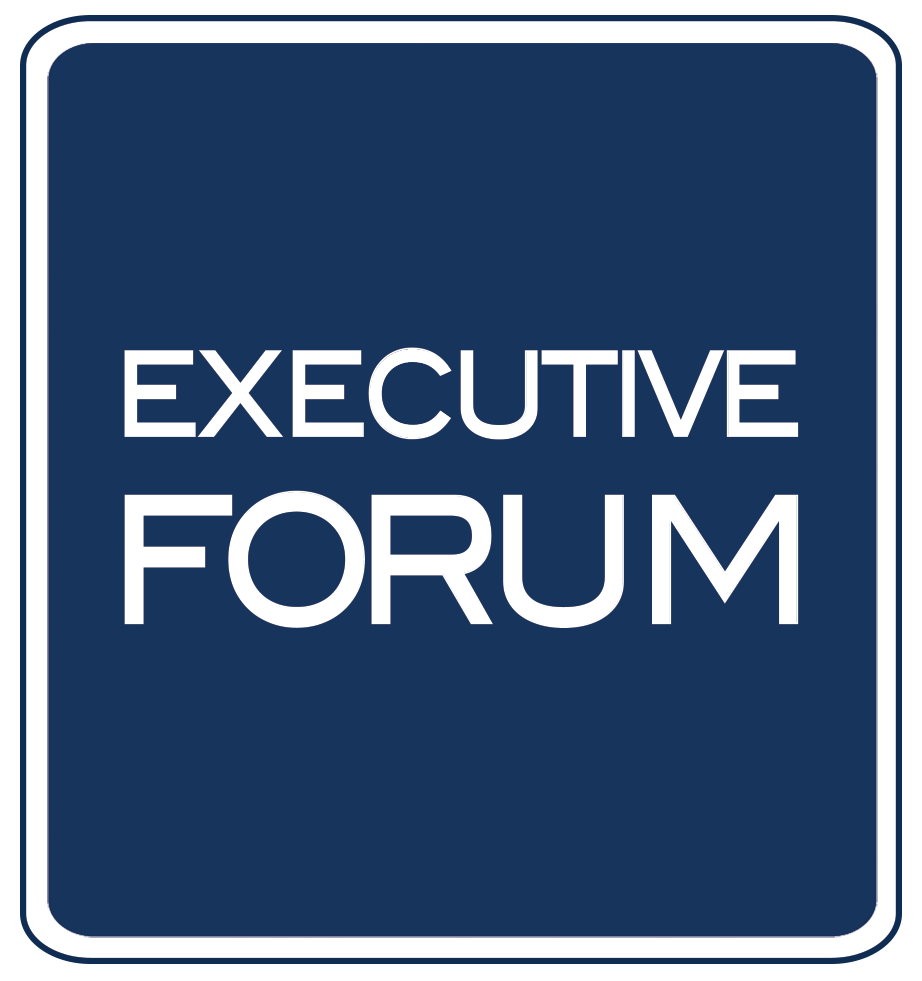 In our last blog post, we focused on the value of saying ‘no’ as a technique for self-preservation, boundary-setting, and focused engagement. And while we firmly believe the word ‘no’ should be an acceptable, respected response to requests, it’s also important to acknowledge the need to gain acceptance. In matrix-environments and other collaborative organizational designs, there aren’t always clear lines of authority and power. As a result, having the ability to gain buy-in and influence without power is a critical competency for all leaders.
In our last blog post, we focused on the value of saying ‘no’ as a technique for self-preservation, boundary-setting, and focused engagement. And while we firmly believe the word ‘no’ should be an acceptable, respected response to requests, it’s also important to acknowledge the need to gain acceptance. In matrix-environments and other collaborative organizational designs, there aren’t always clear lines of authority and power. As a result, having the ability to gain buy-in and influence without power is a critical competency for all leaders.
Of all the business books I’ve ever read on this topic, none hold a candle to Robert Cialdini’s 1984 book Influence: The Psychology of Persuasion. Whether you’ve read the book or not, you’ve certainly been subjected to the persuasion lessons taught by Cialdini. For example, if you’ve ever watched an online shopping channel, you’ll notice they never say “operators are waiting for your call.” They always say something like “if you can’t get through, call in again quickly.” The implication is that everyone else is calling in right now, and so should you! There’s a rush for resources, and if you don’t get in line, you’ll be left in the cold. This is the scarcity principle and is one of 6 core principles that drive the power of influence.
It’s been nearly 20 years since I read Robert Cialdini’s book, and the psychological studies he implemented to test his theories of influence are so fascinating that I can still remember all the details to this day. The tactics explained in the book are subtle and result in an unconscious predisposition. One particular study explored the effect of a strong vs. weak reason for a request. The experimenter attempted to cut in line to use a copy machine by saying one of three things:
- Can I use the copier? (no reason given for the request)
- Can I use the copier because I’m in a hurry? (valid reason)
- Can I use the copier, because I need to use the copier? (poor reason)
Interestingly, if someone offered a reason, even a bad one, they were 94% more likely to have their request accepted. The psychologist hypothesized that we are often so distracted and mindless while completing tasks, that we aren’t mentally engaged enough to evaluate the strength of an argument. We just need to hear that there is a need (albeit poor) before they agree to help.
While the book was published in 1984, there have been several revisions. Yet, all the principles still hold true in organizations. This is a must-read book to help you learn to use influence as well as to help defend against crafty influencers. After reading the book, I recognized how I’m more likely to say yes to a favor after someone has done something for me. This holds true even when the favor given to me was unsolicited and unwanted. The reciprocity principle engages our desire to repay debts that we incur even by accident.
When there is a lack of power and formal authority to influence others, it’s necessary to engage a number of more strategic tactics. The psychological foundation of influence is one of many tools that should be considered, and no one covers psychological persuasion quite like Robert Cialdini.
